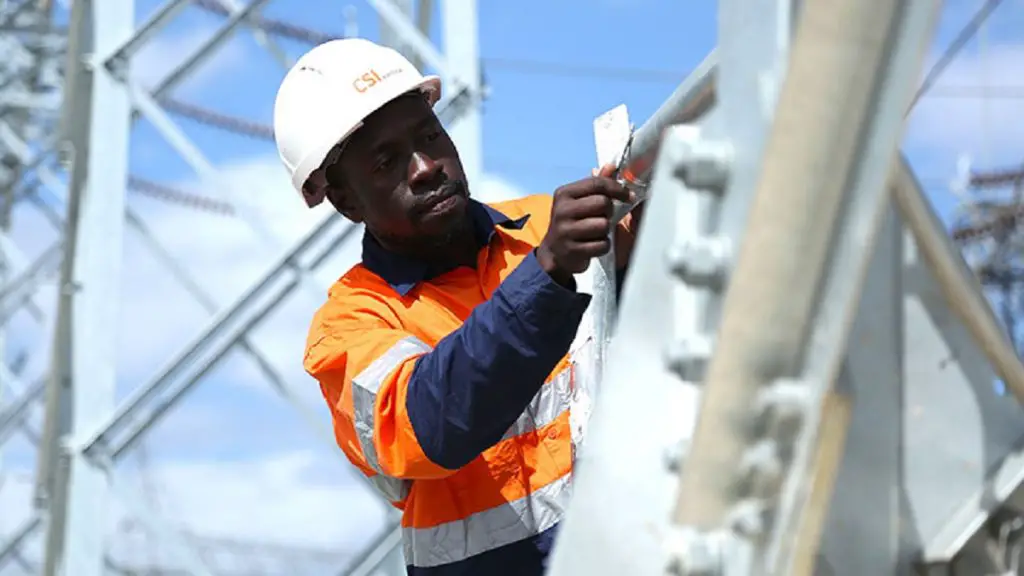As of June 2020, Tanzania’s total installed capacity amounted to 1,219 MW, of which 561 MW was hydropower and 658 MW thermal power.
The installed capacity by 2019 was 1565.72MW consisting of hydro 573.70MW, natural gas 892.72MW, liquid fuel 88.80MW and biomass 10.50MW, according to the country’s Ministry of Energy.
To boost this, the African Development Bank has approved a US$120 million loan to fund the construction of a 50 MW hydropower plant in Western Tanzania that will provide reliable renewable energy to households, schools, clinics and small and medium-sized enterprises in the Kigoma Region.
Read: African economies suffer effects of global economic crisis
The Malagarasi Hydropower project has several components: a run-of-the-river hydropower plant facility; a 54- km, 132 kV transmission line that will connect to Tanzania’s national grid; a distribution network expansion operation that includes rural electrification and last-mile connections; project management and contract administration support; and compensation and resettlement of affected persons.
At an estimated cost of US$144.14 million, the bulk of the funding (US$120 million) will be sourced from the Bank Group’s sovereign window, with an additional US$20 million contributed by the Africa Growing Together Fund – a co-financing fund with resources from the government of the People’s Republic of China that is administered by the Bank.
The government of Tanzania will provide the remaining US$4.14 million.
This hydropower plant’s expected average annual output of 181 GWh will meet the electricity needs of as many as 133,649 Kigoma households, bringing the region’s electrification rate more closely in line with the rest of the country.
The project is expected to create about 700 jobs during construction, cut the region’s electricity generation costs to approximately US$0.04/kWh from the current US$0.33/kWh, and also reduce reliance on greenhouse gas-emitting fossil fuels. The cost of doing business will also fall because the industry will no longer need to maintain costly back-up generators.
The project aligns with Tanzania’s national Development Vision 2025 and its Second Five-Year Development Plan (2016/17 – 2020/21) and complements other regional initiatives, including the North West Grid 400 kV Nyakanazi-Kigoma transmission line project, which the Bank is financing in parallel with the South Korea Economic Development Co-operation Fund.
The Malagarasi Project will also directly contribute to the Bank’s Light Up & Power Africa High-5 development priority, which is being implemented through the institution’s New Deal on Energy for Africa strategy.
In May this year, Tanzania’s Energy Minister Dr Medard Kalemani announced that Tanzania had recorded its highest percentage in access to electricity so far with 84.6 per cent in 2020.
He said the number of villages with access to electricity rose to 9,112 in April 2020 from 2,018 in 2015.
At the time, the number of customers connected to the main grid surpassed 2.766 million which was an increase from 1.473 million.
Power generation in the country had also increased to 1,601.84 megawatts, according to the minister, from only 1,308MW in 2015.
The completion of Kinyerezi I and II natural gas-powered stations led to an increase in power generation with a combined capacity of 398.22MW.
Tanzania’s largest power source is natural gas contributing 892.72MW to the country’s energy generation mix accounting.
In addition to hydropower generation, heavy oil and biomass generate 88.80MW and 10.50MW respectively.
The country is continuing with power generation projects like the Julius Nyerere Hydropower Project (JNHPP) whose construction is still ongoing. This project which is at 85 per cent will be completed in 2022.
Other projects that underway include Rusumo Hydropower Project which is a shared project between Tanzania, Rwanda and Burundi.
Other projects being implemented in the 2020/21 FY are Ruhudji project (358MW), Kinyerezi I Extension (185MW), Kakono (87MW), Malagarasi (45MW), Rumakali (222MW), Kikonge (300MW) and Mtwara (300MW). The country also has renewable energy projects with solar generation expected to add 150 megawatts, wind 200MW and coal 600MW.
Tanzania’s government has committed to reform the operations of the national utility TANESCO to meet new demand through low-cost solutions.
High reliance on expensive thermal and emergency generation sources have helped make the sector financially unviable.
Tanzania has made progress in grid expansion, increasing generation capacity with natural gas, facilitating an enabling environment for solar home systems, and publishing of new standard Power Purchase Agreement for small producers but more progress is needed to provide adequate and reliable electricity.
The Tanzania Energy Development and Expansion Project (TEDAP) has been working to connect as many Tanzanians as possible. So far, the construction of a 225km overhead 400kV double-circuit backbone transmission interconnection line between the central towns of Dodoma and Iringa, forming part of a 632km transmission network, connecting the mining region of Shinyanga with agricultural part of the country in Iringa, has been completed, thus securing supply to agriculture, industries and domestic users while promoting the sustainability of the government’s plans to increase overall connectivity to 50 per cent by 2025.
